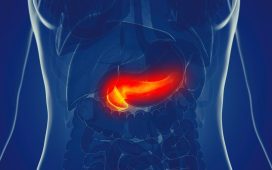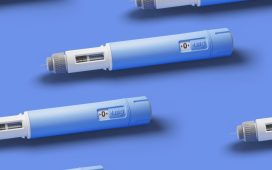PAE is safe and effective for men with lower urinary tract symptoms or acute urinary retention
By Elana Gotkine HealthDay Reporter
THURSDAY, Oct. 3, 2024 (HealthDay News) — For men with benign prostatic hyperplasia (BPH), prostatic artery embolization (PAE) is safe and effective over 24 months of follow-up, according to a study published online Sept. 4 in Cardiovascular and Interventional Radiology.
Marc R. Sapoval, M.D., Ph.D., from the Assistance Publique-Hôpitaux de Paris, and colleagues conducted an international trial of men with BPH with lower urinary tract symptoms (LUTS) or acute urinary retention (AUR) treated with PAE. Clinical outcomes were described over 24 months, with the primary outcome of 12-month change in the International Prostate Symptom Score (IPSS) or urinary catheter independence for patients referred for bothersome LUTS and treated for AUR, respectively.
The analyses included 478 patients who underwent PAE (405 with bothersome LUTS and 73 with AUR). The researchers found that the mean total IPSS at baseline was 21.8 for patients treated for bothersome LUTS, which significantly decreased to 9.3, 10.6, and 11.2 at three, 12, and 24 months after PAE, respectively. At baseline, quality of life (QoL) was 4.7 and decreased to 2.0, 2.1, and 2.3 at three, 12, and 24 months, respectively. The mean Sexual Health Inventory for Men score was 13.8 and 13.9 at baseline and 12 months following PAE, respectively. Overall, 65.8 percent of the patients treated for AUR had their indwelling catheter removed within three months of PAE and remained catheter-free at 24 months. Overall, 11.5 percent experienced one or more adverse events, and 2.1 percent experienced a serious adverse event.
“The mean changes in IPSS and QoL scores suggest durability of the clinical benefits associated with PAE,” the authors write.
Several authors disclosed ties to pharmaceutical and medical device companies, including Merit Medical Systems, which funded the study.
Copyright © 2024 HealthDay. All rights reserved.








